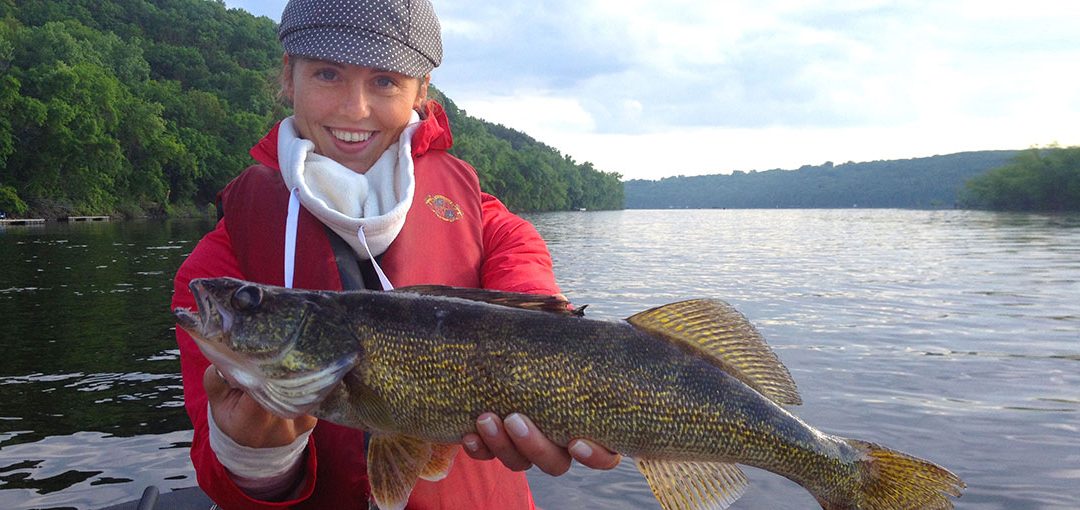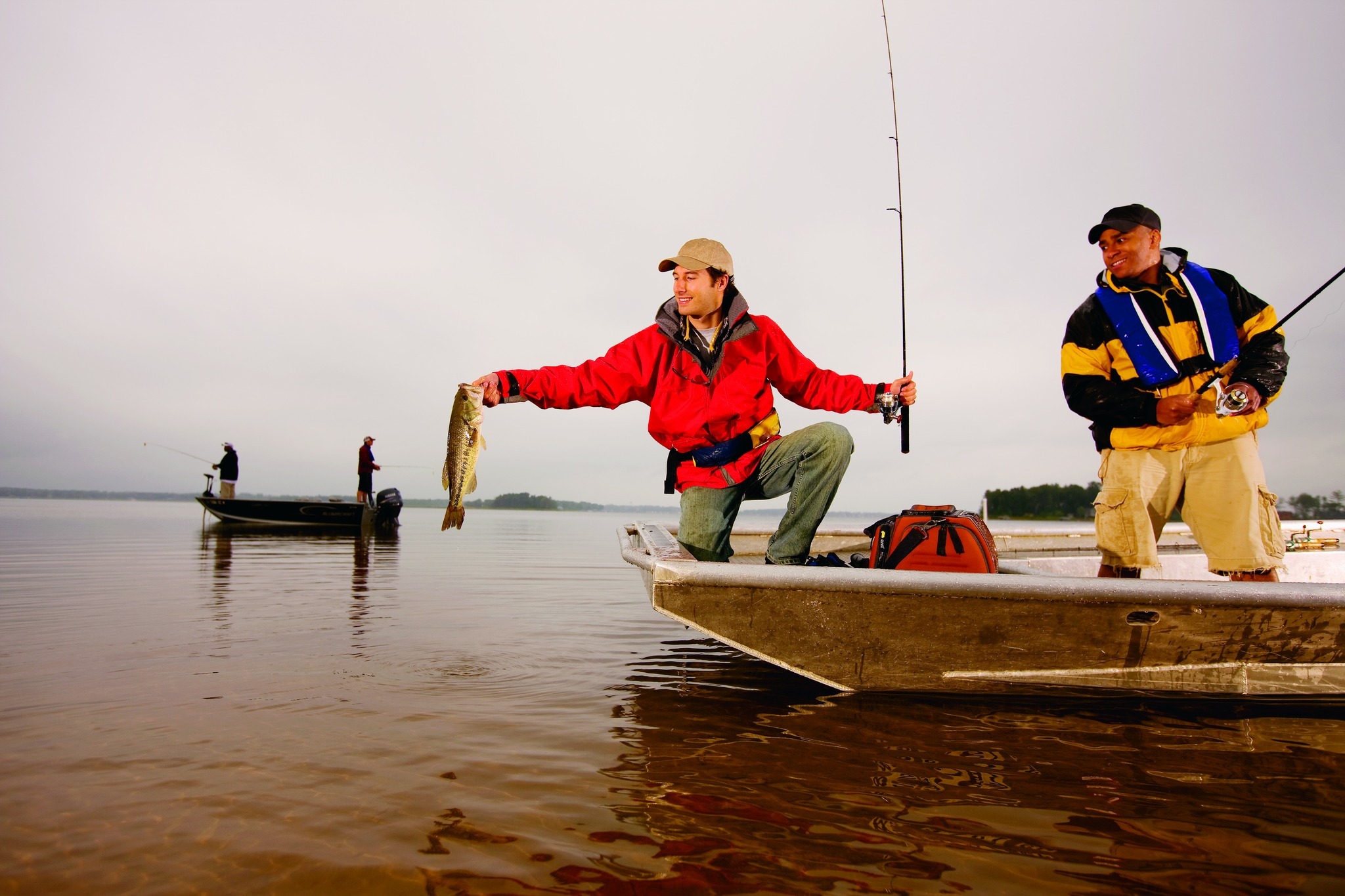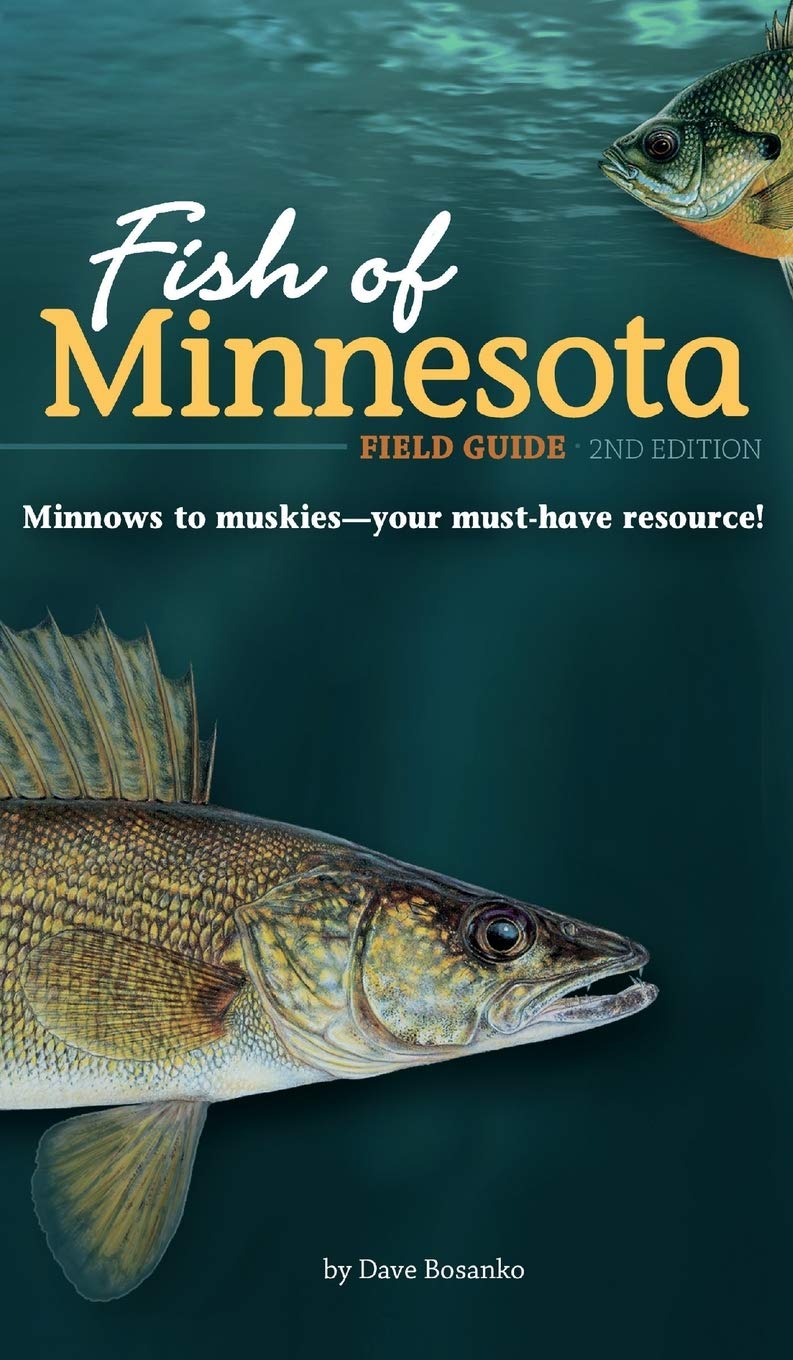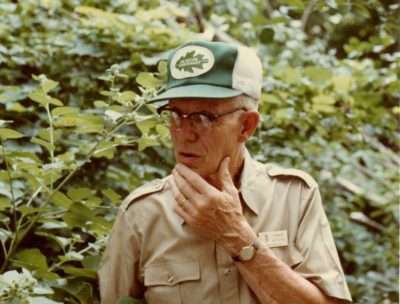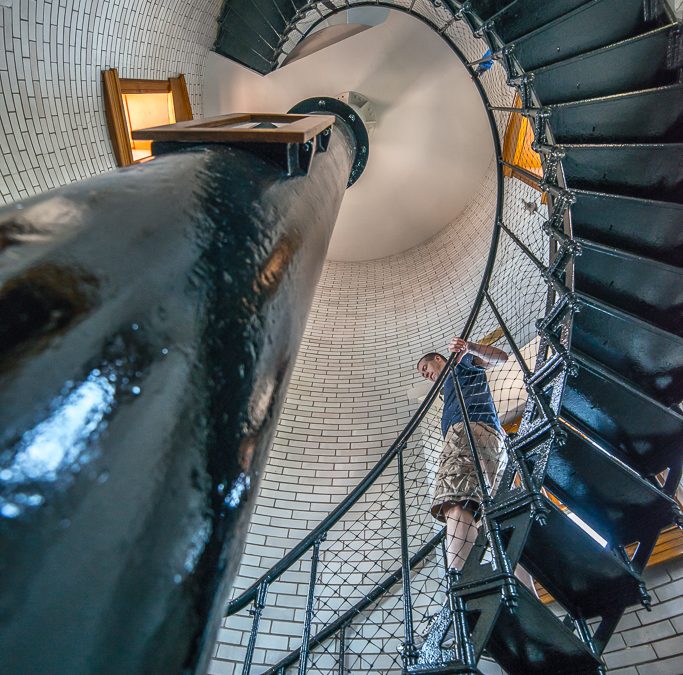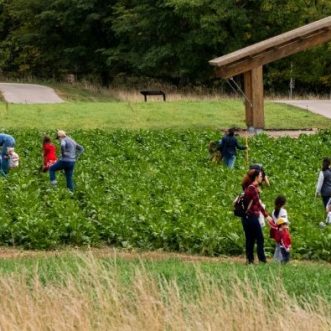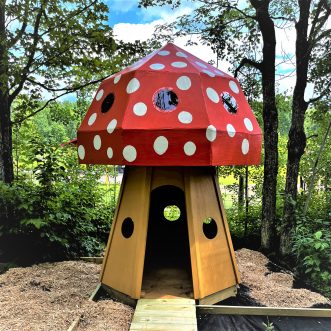River Bend Nature Center
The history of River Bend began with the creation of the Faribault Area Committee for Environmental Quality (FACE-Q), which was organized to “preserve and protect the natural resources of the Faribault area.” In 1973 FACE-Q was reorganized as the Faribault Naturalist Club, members of which became the core River Bend Nature Center membership.
Orwin Rustad, a teacher at Shattuck-St. Mary’s School, had a dream of establishing a nature center. This dream began to seem like a possibility when it was suggested that the creation of a nature center could serve as part of the Bicentennial Celebration. On December 23, 1975 the Faribault City Council passed a resolution endorsing the idea of a “Nature and Agricultural Interpretive Center.”
The Land Acquisition Committee recommended that steps be taken to acquire 487 acres of the FRC land. After two and a half years of effort, the Land Bill was passed, which deeded to the City of Faribault the state lands to be sold for a nature center for $1. After permanent corner markers were set, in August of 1978, Rustad and others began staking the nature trails.
The name of River Bend was decided upon in 1979 in part to recognize the Great Bend of the Straight River as early Wahpekute described it. The Grand Opening and Dedication of RBNC and the completion of the Trailside Center occurred on September 21, 1980. Over time River Bend accumulated more land until about 743 acres were owned. The groundbreaking ceremony for the new interpretive center came on July 2, 1991, and the first day of business in the new interpretive center occurred on December 2, 1991. River Bend’s close collaboration with the Faribault school district to provide environmental education for children was designed from the beginning. River Bend Nature Center is committed to helping people discover, enjoy, understand, and preserve the natural world.
…




